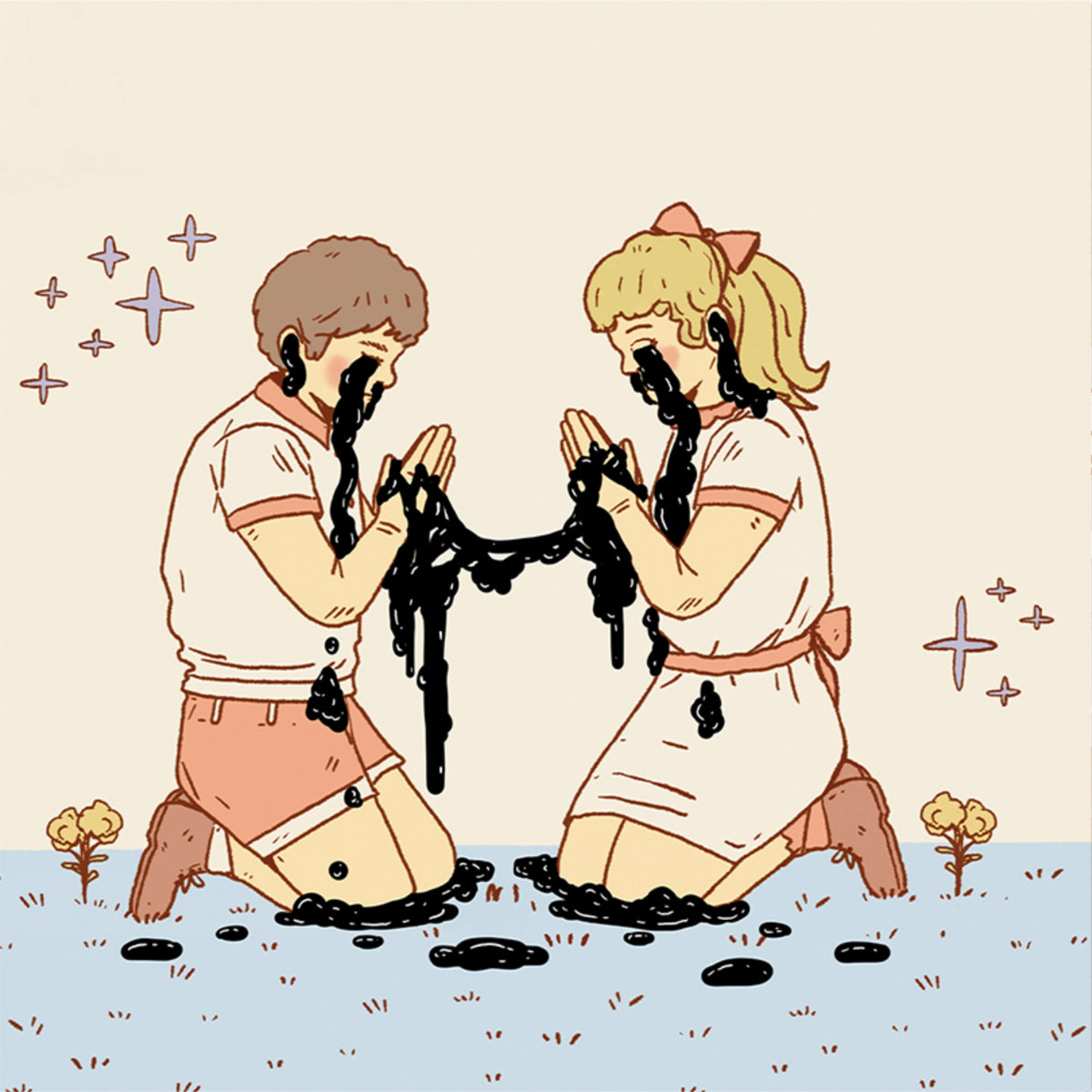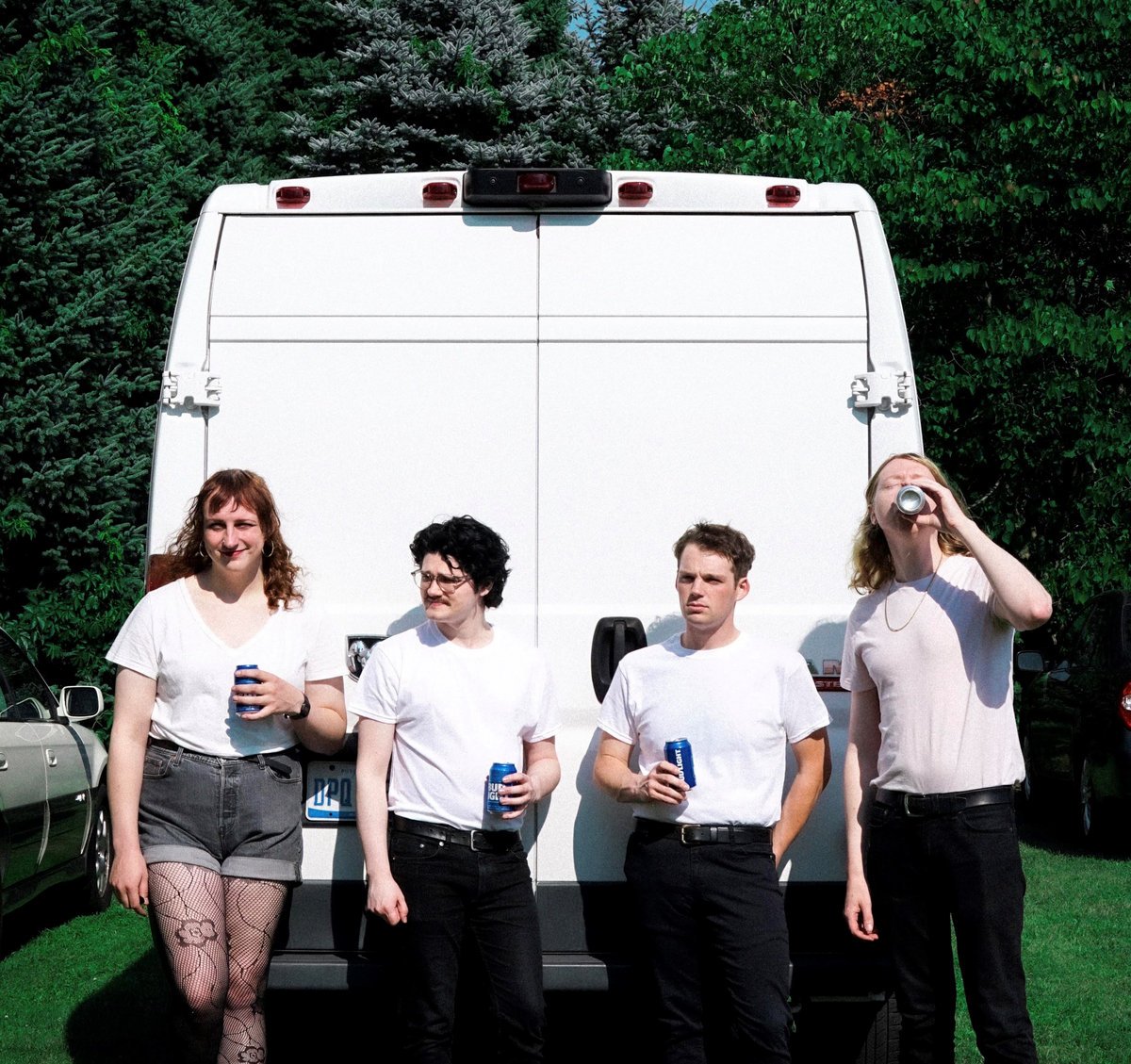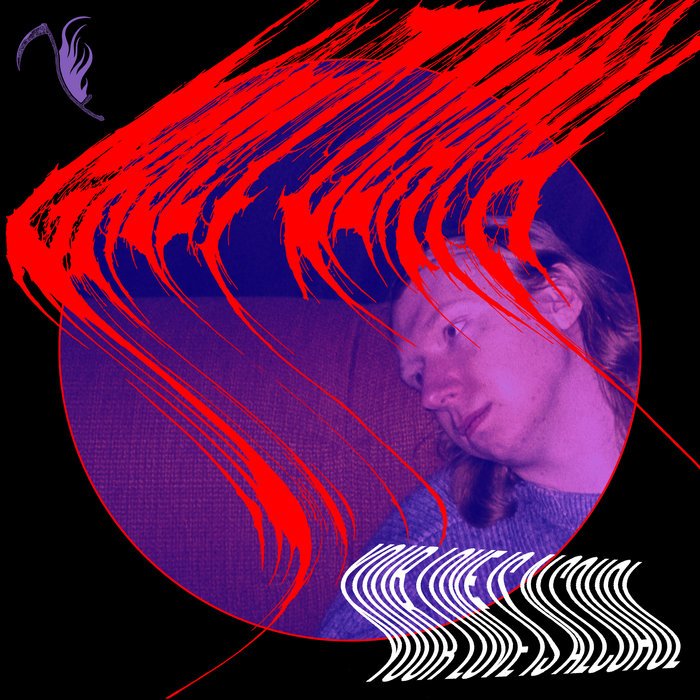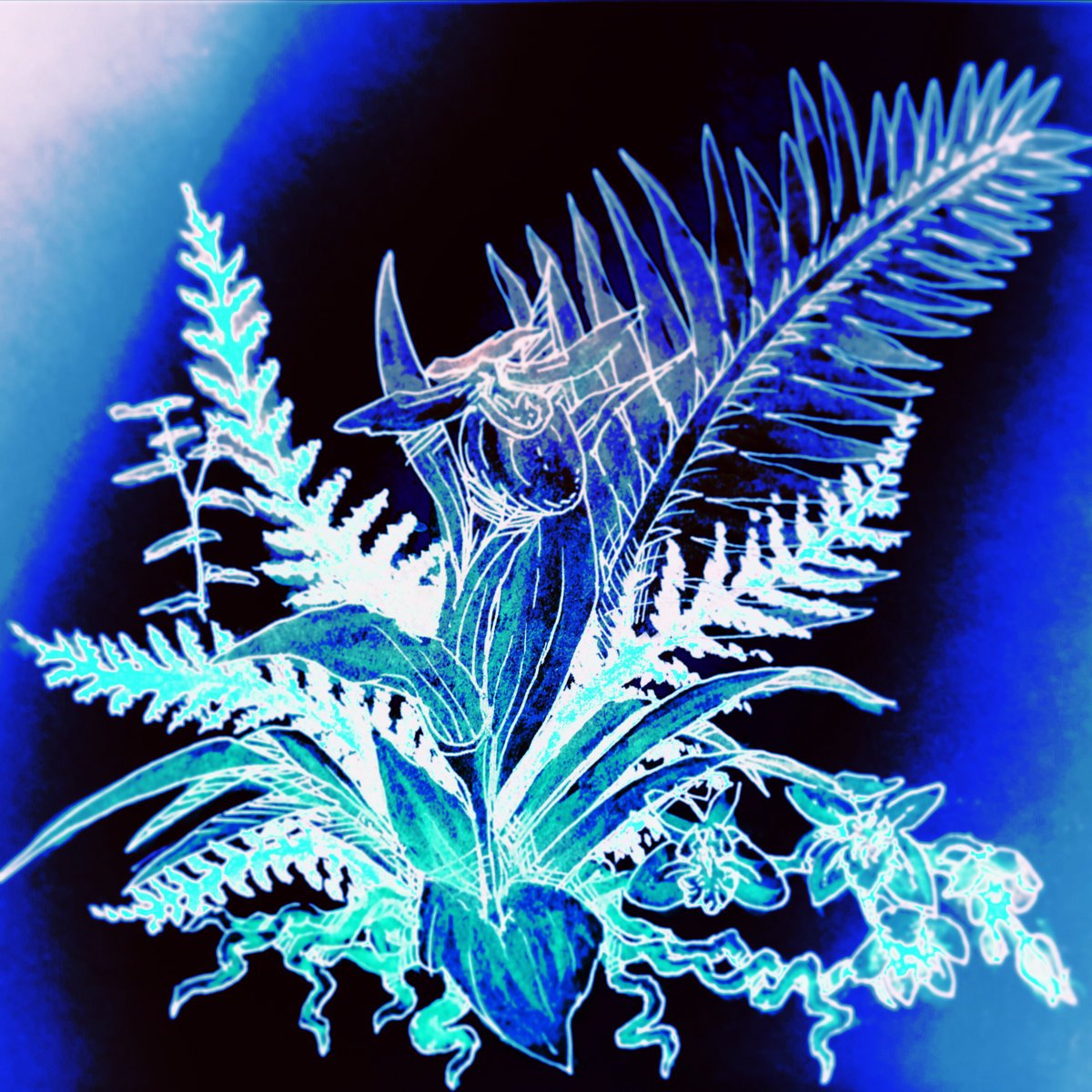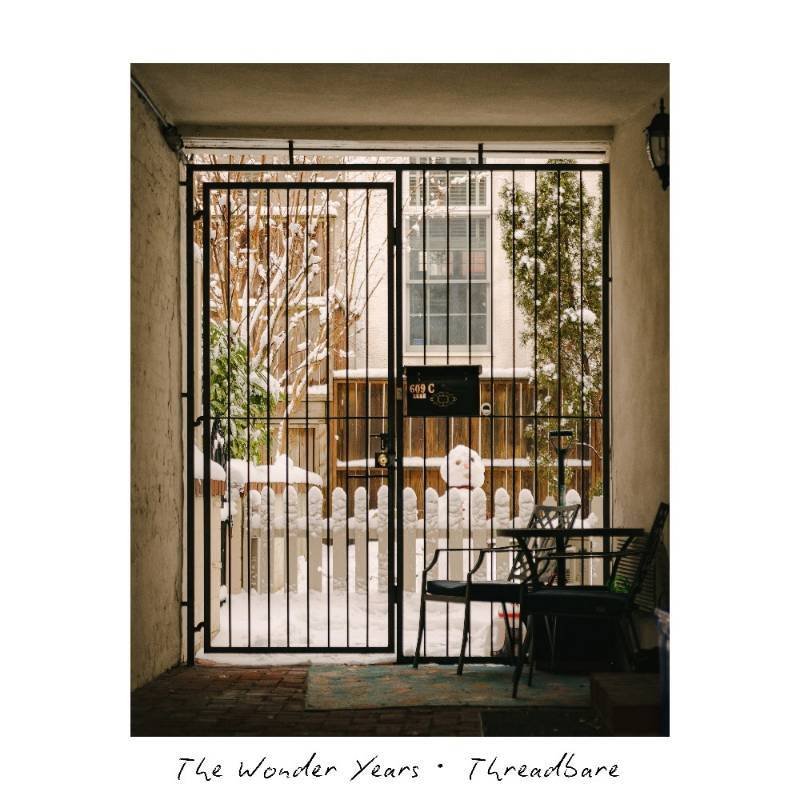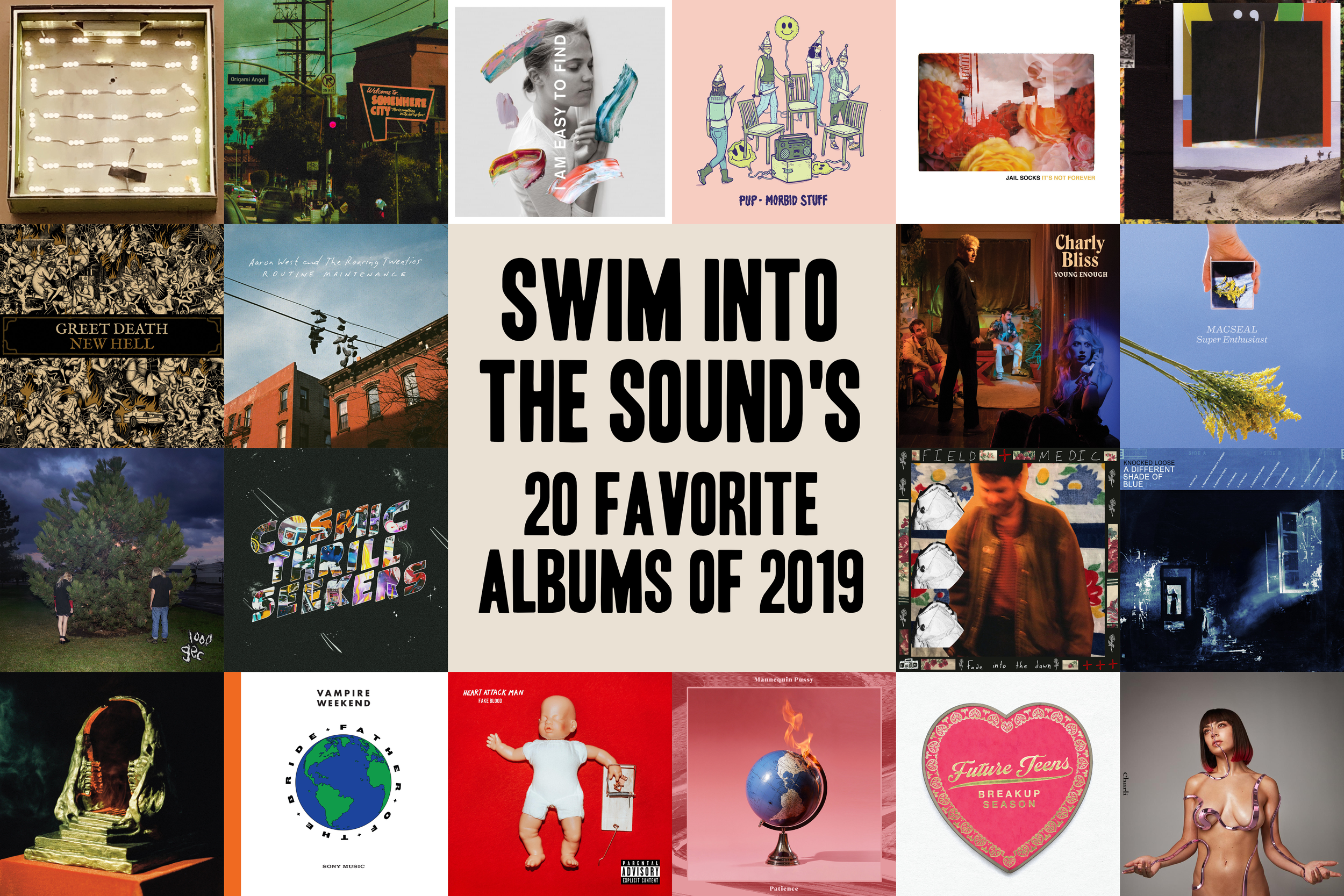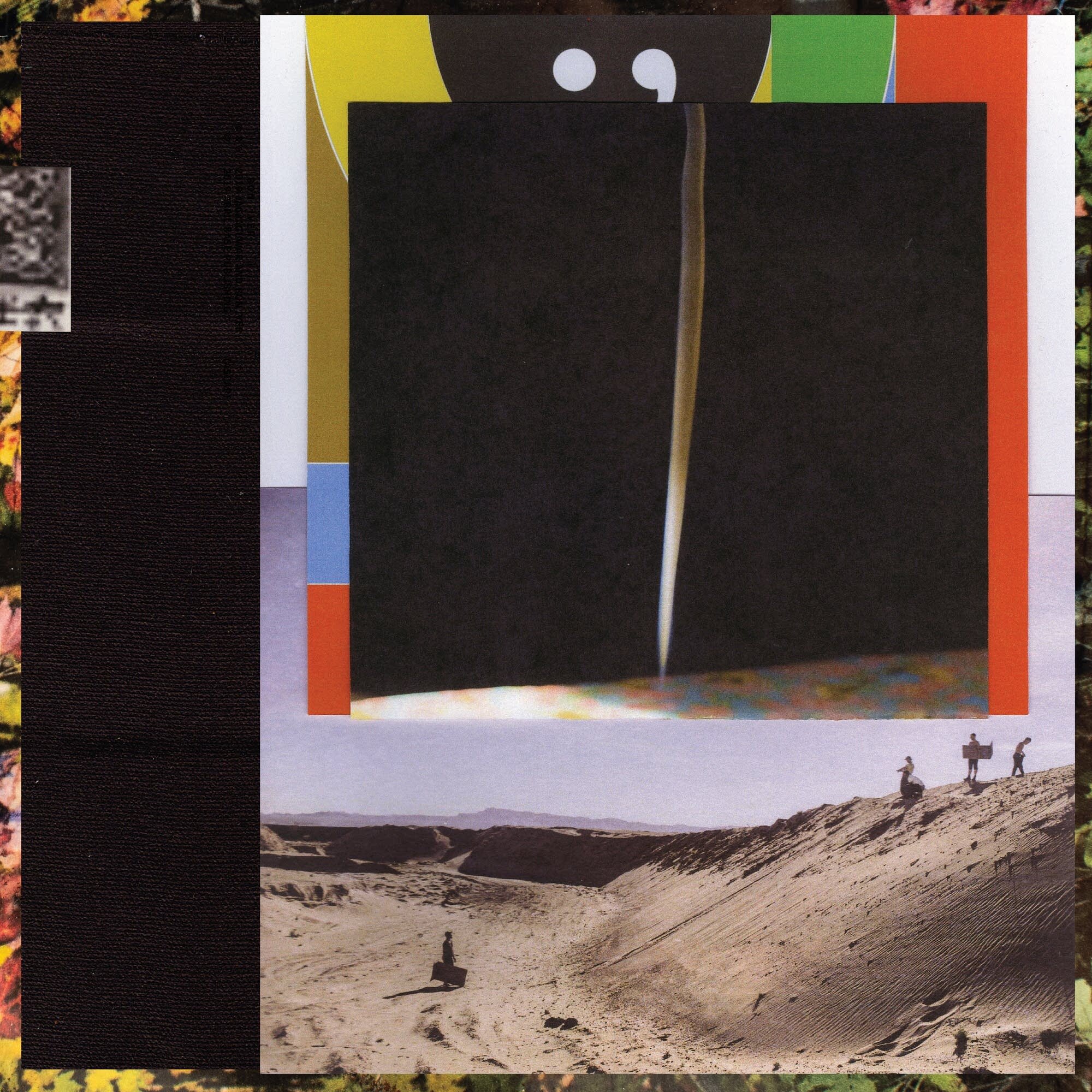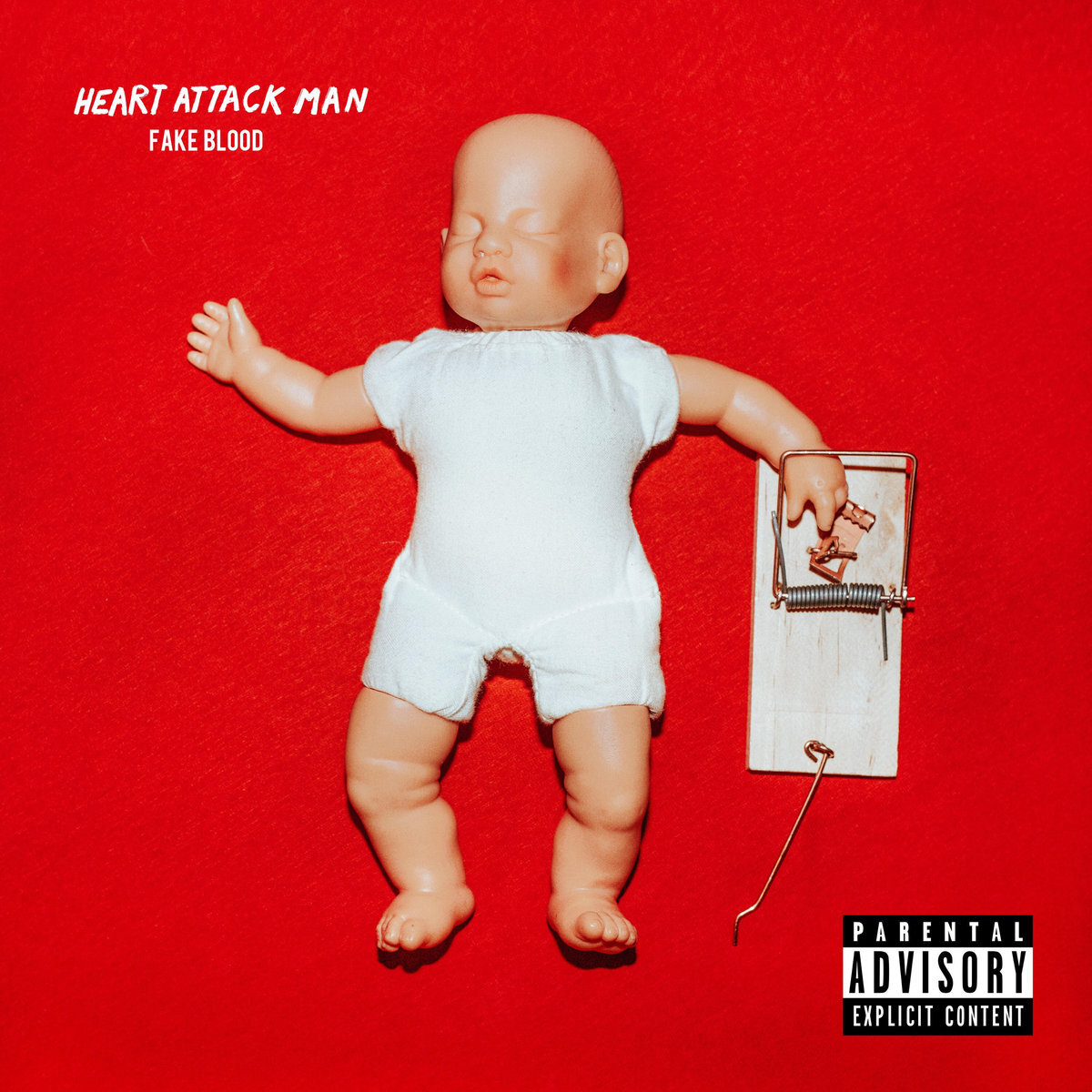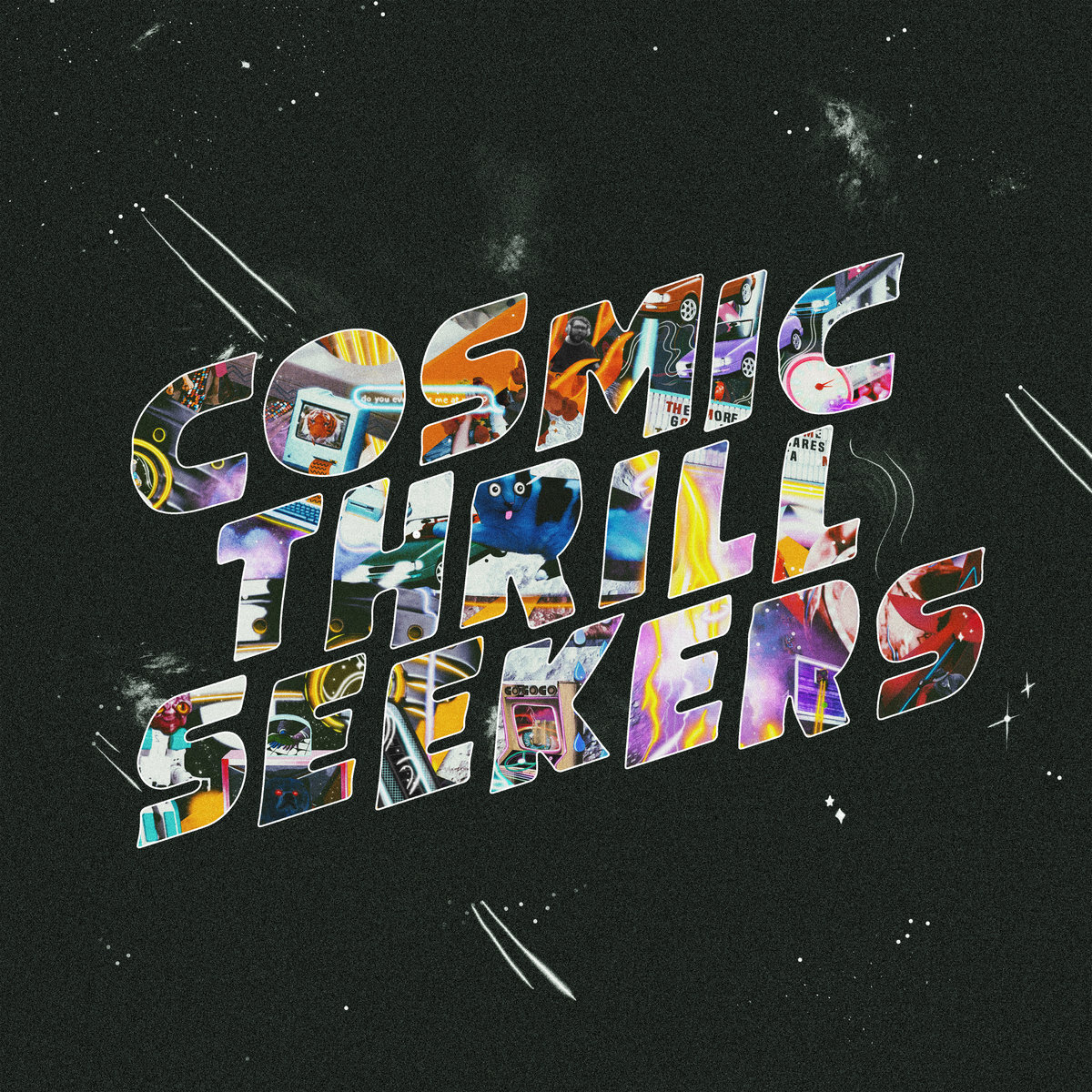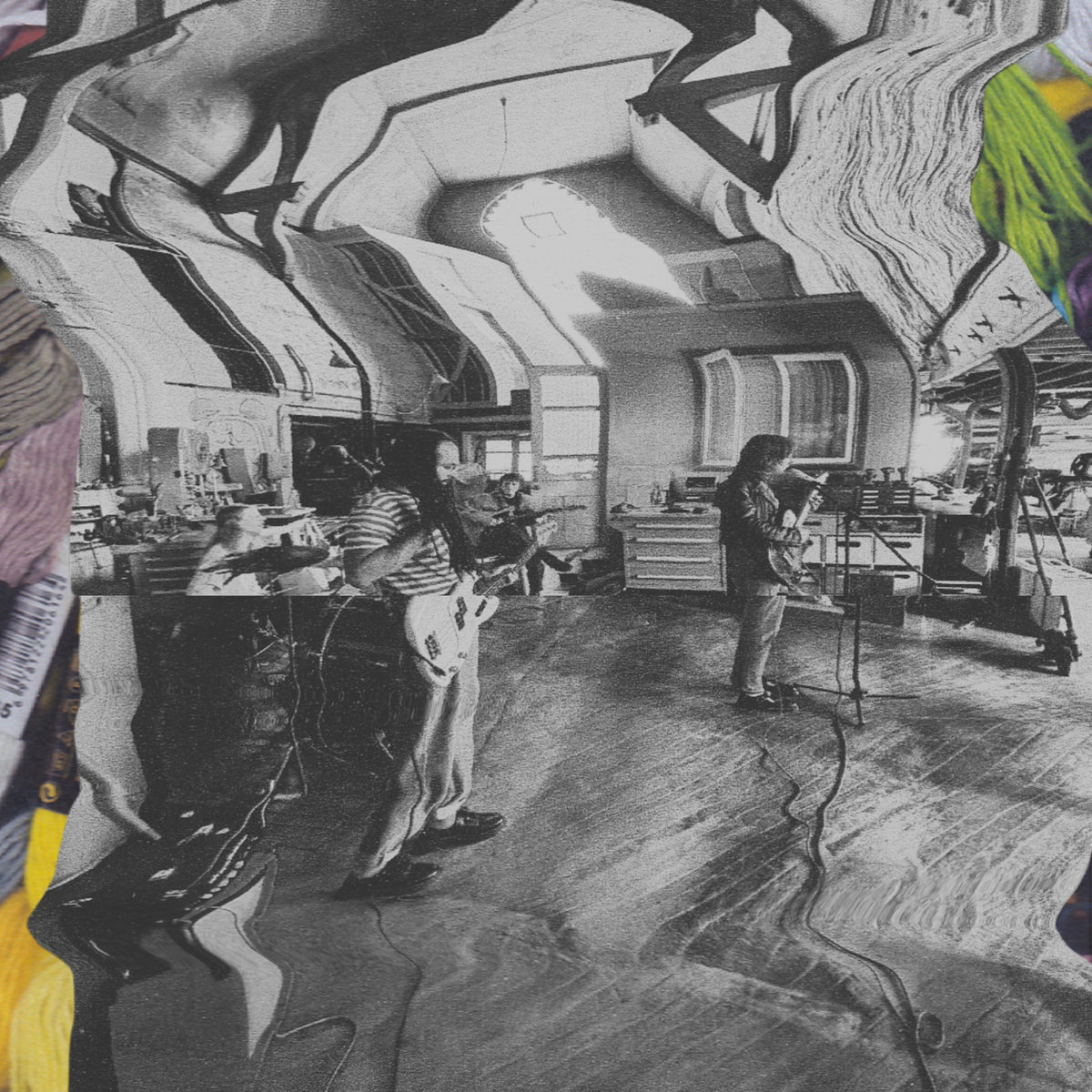Greet Death – Die In Love | Album Review
/Deathwish Inc.
As an artist, there are seemingly two paths you can go down after your first couple of records: either you shake things up and go in a new direction, or you become more of who you are. When you try something new, you take the risk of falling flat on your face after taking too big of a swing, but you also might connect and break through to an entirely new audience. When you refine yourself, you hazard turning your work into a trite carbon copy of itself, but you also might succeed in adding layers of nuance to your art. Flint, Michigan’s Greet Death opts for the latter on their third album, Die In Love, tinkering with their established gloomgaze sound by folding in new elements and enhancing what was already there.
On their debut, Dixieland, co-lead singers and songwriters Logan Gaval and Harper Boyhtari were making loud and lean songs that alternated between hard-charging alternative rock and dour slowcore. 2019’s masterwork New Hell saw the addition of Jim Versluis on drums and was a focused improvement on Dixieland as the songs were longer, heavier, and most importantly, shreddier. New Low, the rare EP that’s vital to a band’s discography, contains elements that range from Neil Young-esque country (harmonica included!) to speedy, sometimes radio-friendly shoegaze.
But it’s not just in their sound that Greet Death has changed, in the time since New Hell, they’ve grown from a three-piece to a gang of five adding Jackie Kalmink, who serves a dual roles as bassist and producer, as well as Eric Beck on guitar, resulting in a richer sound and fuller approach to their music. It’s also important to mention that, in the time since their last release, Harper Boyhtari came out as trans, making it impossible not to recognize how both she and the band are growing more comfortable in their skin. And now, Die In Love finds the band deepening their craft, resulting in their most balanced effort and an album that displays all of their talents in equal measure.
Right out of the gates, Greet Death send a message with the title track “Die In Love,” a fantastic blend of shoegaze sirens and indie pop which finds Logan Gaval stating the album’s intent loud and clear, “Find someone, die in love.” In the past, labeling this band as “misanthropic” would not have been much of a stretch, given songs like “I Hate Everything” and “You’re Gonna Hate What You’ve Done,” but with this album, Gaval and Boyhtari are now exploring the bliss of love. Don’t get me wrong, there’s still plenty of their trademark misery, but their new stance on life is “we’re all gonna die, might as well love someone before I do.” Boyhtari closes the album with a similar sentiment on the tender acoustic ballad “Love Me When You Leave.” Like many of Boyhtari’s best songs, the track is built around vivid characters; people grappling with the uncertainty of life, what they wish to make of it, and whether or not any of this is really worth it. Ultimately, the song’s conclusion is a simple but bold request as she sings, “Leave a sign for me / love me when you leave.” Regardless of how this all shakes out, keep me in your heart and cherish the memories we share.
Greet Death has always peddled in life’s ugliness, but on Die In Love, they're highlighting the fact that for life to be ugly, it must also be beautiful. On the sexually charged simp anthem, aptly titled “Red Rocket,” Gaval brings new meaning to wanting to be someone’s dog by capturing the feeling of being so horny that you might die, listing the macabre desires of climaxing. If telling someone “I could bring your fork to socket” isn’t romantic, then I don’t know what is.
Boyhtari’s richly detailed “Country Girl” sidesteps the sentimentality of nostalgia in favor of the melancholy present in the past. Throughout the song, she combs through memories, picking out images of death like burnt churches alongside the comforts of seeing horror movies in the theater. Then, there’s the lead single, “Same But Different Now,” a five-minute ripper where the group displays some of their pummeling material to date. The track crescendos to an incendiary mix of charging riffs as Gaval shrieks, “We’re different now.” It’s a fascinating moment in the band’s discography because it holds the glowering moods present in much of their work, but they’re also pushing their sound into the red, culminating in something that resembles the more aggro side of Foo Fighters’ rawest songs.
Even though Boyhtari and Gaval trade vocals between songs, it is clear that Greet Death is a cohesive unit. When their two voices entwine on the final minutes of the record, there’s a beautiful sense of balance and completion. You realize that, ever since their first release almost a decade ago, even after all the sonic pivots and lineup shifts, Greet Death has always been these two people coming together to create something beautiful and crushing and honest. As the band has expanded physically and sonically, their sense of self has only become more realized. On each passing release, the band grows with intentionality, and on Die In Love, they have achieved their purest form yet by being true to who they are.
Connor is an English professor in the Bay Area, where he lives with his partner and their cat and dog, Toni and Hachi. When he isn’t listening to music or writing about killer riffs, Connor is reading fiction and obsessing over sports.
